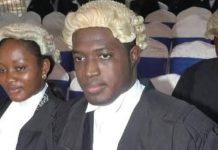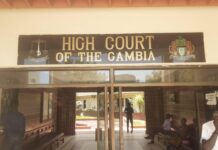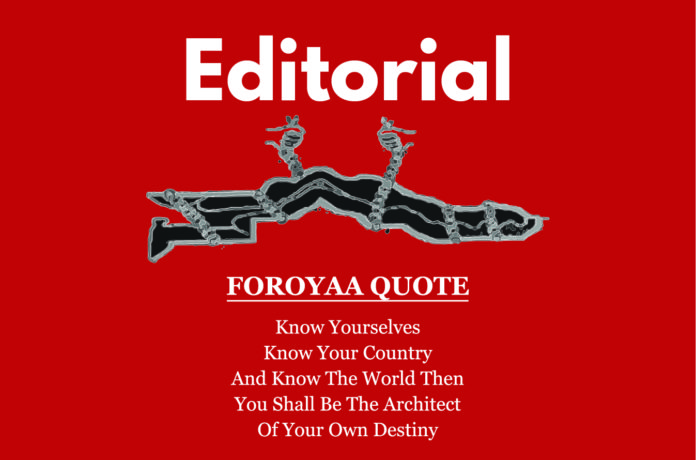Two opinions are still contending. Some claim that the president was elected through the initiative of a coalition of parties, independent National Assembly members and representatives of civil society. To such people the President should have a cabinet reflecting the representatives of various stakeholders of the Coalition.
On the other hand, some are also of the view that once elected executive power resides in the President. He is therefore ultimately responsible for the outcome of the performance of the ministries and should have a freehand in approving or removing ministers.
The world however has moved to the third stage of subjecting ministerial appointments to parliamentary oversight. Hence, Presidents have the right to appoint, subject to parliamentary review of the record of the appointee to determine whether he or she is fit to be appointed to a ministerial post. In that regard, removal is not so easy.
Integrity is what matters in the discharge of public service. Equity in making decisions is paramount. The yardstick for determining performance should be transparent and acceptable to every reasonable person.
The controversy of the reshuffling of the Cabinet is due to people’s conception of President Barrow’s mandate as a transitional mandate. No press release has been issued to indicate that the Coalition no longer has any relevance to the President. However, the unilateral action taken to appoint and remove ministers without any reference to a Coalition tends to give the impression that Coalition 2016 is no longer a point of reference to the Presidency. Foroyaa will continue to monitor the situation in order to finally shed light on this burning issue.



















